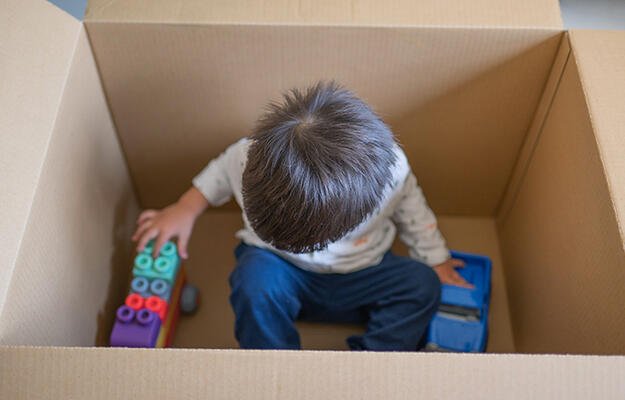
Integrated Student Supports and Resident Services Provide Wraparound Supports for Education
by Matt Lawyue and Maya Brennan
Student success depends on more than the quality of teaching in the classroom. It extends beyond teacher competency, curricula, and school resources. Factors outside the classroom can have as much an impact on academic achievement as those inside, particularly if a student is living in poverty. Evidence suggests a strong correlation between poverty and academic results. Affordable housing has also been shown to support education in many ways, such as reducing the household financial stress that leads to instability and crowding. Left untreated, these housing challenges could disrupt the learning environment in the classroom through higher rates of student mobility, behavior problems, and learned helplessness. Policies and partnerships that improve children’s housing, reduce food insecurity, and strengthen the family and neighborhood support system could help children enter the classroom ready to learn, yielding better academic results and a better work environment for educators. Affordable housing, in particular, could aid these efforts.
Several federal programs can improve the intersection of housing and education. The US Department of Education's Promise Neighborhoods and the US Department of Housing and Urban Development's (HUD’s) Choice Neighborhoods program are interagency, place-based programs that seek to revitalize neighborhoods by coordinating services across housing, health, employment, education, and transportation. The Promise Neighborhoods initiative, modeled after the Harlem Children’s Zone, focuses on children from low-income families with support from kindergarten to college to career. Building on prior housing-centered community revitalization efforts, Choice Neighborhoods pair improvements to distressed HUD-assisted housing with community-focused improvements to various amenities, including underperforming schools. The geographic reach of the two programs and other federal neighborhood revitalization initiatives has substantial overlap.
Recognizing that children bring their lives to the classroom, the Every Student Succeeds Act (ESSA), signed into law in 2015, provides resources to schools for wraparound services to further support children’s educational attainment. Mission-driven housing providers may find the concept familiar. Integrated student supports (ISS) may be found in housing contexts as part of a resident services program. Each approach increases families’ capacity to give their children meaningful opportunities to succeed. Studies on ISS show strong and increasing evidence that wraparound services targeting a student’s well-being positively affect children’s education.
ISS and wraparound services come at an opportune moment. Although the country’s graduation rates are at an all-time high, one in five school-age children lived in poverty in 2013, and 88 percent of American teachers indicated poverty is a barrier to learning. Children from low-income and immigrant families are still at a disadvantage when using education to climb the socioeconomic ladder.
How can schools and affordable housing providers best use their expertise and services to support students’ education? For-profit and nonprofit affordable housing providers may offer after-school programming among their resident services. A few housing nonprofits, such as Broadway Housing Communities and the Settlement Housing Fund, have expanded their mission to provide educational facilities and affordable housing. Public housing authorities and schools have demonstrated the potential for large institutions to work together to improve educational outcomes.
With the implementation of ESSA, housing providers and schools may have new opportunities to help low-income families succeed. Communication between schools and housing providers may help each learn from the other about local families’ preferences and needs for student support outside the classroom. Housing and school-based programs can fill gaps, improve student outcomes, and ensure wraparound programs are accessible and available wherever families need them.
To ensure that low-income children can make socioeconomic progress, the nation needs to apply the evidence about children’s success. The evidence suggests that potent solutions can emerge from the housing and education sectors, individually or in partnership. From the housing side, simply having access to affordable housing supports children’s educational and economic outcomes, but adding enriching resident services can do more. From the education side, incorporating ISS or adopting a “community school” model can close academic achievement gaps. Housing providers and schools serving a common population can further partner to provide an educational support system that stays with the child and family from birth to adulthood.


